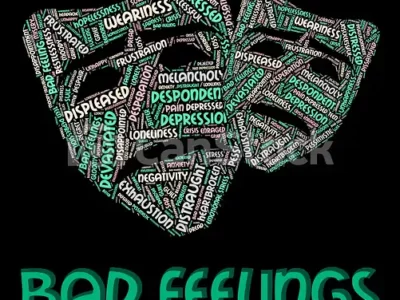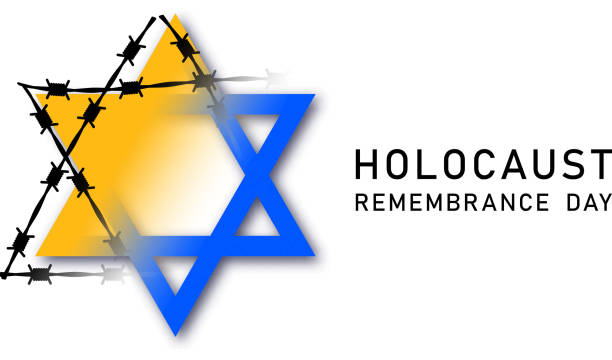HOLOCAUST
The Holocaust, also known as the Shoah, was the genocide of European Jews during World War II. Between 1941 and 1945, Nazi Germany and its collaborators systematically murdered some six million Jews across German-occupied Europe; around two-thirds of Europe’s Jewish population.The Holocaust (1933–1945) was the systematic, state-sponsored persecution and murder of six million European Jews by the Nazi German regime and its allies and collaborators.1 The United States Holocaust Memorial Museum defines the years of the Holocaust as 1933–1945. The Holocaust era began in January 1933 when Adolf Hitler and the Nazi Party came to power in Germany. It ended in May 1945, when the Allied Powers defeated Nazi Germany in World War II. The Holocaust is also sometimes referred to as “the Shoah,” the Hebrew word for “catastrophe.”

HOLOCAUST
- HOLOCAUST
- ANTI-SEMITISM IS A PREJUDICE AGAINST
- PERSECUTION OF JEWS
- CONCENTRATION CAMP
- COUNTRIES AND THE HOLOCAUST
- JEWS EMIGRATION
- RESPONSIBILITY OF ORDINARY CITIZENS
- HOLOCAUST PEER
- ROLE OF INDUSTRY
The Holocaust, also known as the Shoah, was the genocide of European Jews during World War II. Between 1941 and 1945, Nazi Germany and its collaborators systematically murdered some six million Jews across German-occupied Europe; around two-thirds of Europe’s Jewish population.
- ROLES OF LEADING NAZIS

- INTENTIONALISM
- STRUCTURALISM
- HOLOCAUST RESPONSIBILITY
- GHETTO
- TREATMENT OF GERMAN ALCOHOLICS
- TREATMENT OF GERMAN HOMOSEXUAL
- TREATMENT OF GERMAN WASHY
- TREATMENT OF GYPSIES – ROMAS
- ANNE FRANK
- LITTLE POLISH BOY POEM

- THE SECOND BOER WAR
The Holocaust (1933–1945) was the systematic, state-sponsored persecution and murder of six million European Jews by the Nazi German regime and its allies and collaborators.1 The United States Holocaust Memorial Museum defines the years of the Holocaust as 1933–1945. The Holocaust era began in January 1933 when Adolf Hitler came to power in Germany. It ended in May 1945, when the Allied Powers defeated Nazi Germany in World War II. The Holocaust is also sometimes referred to as “the Shoah,” the Hebrew word for “catastrophe.”
When they came to power in Germany, the Nazis did not immediately start to carry out mass murder. However, they quickly began using the government to target and exclude Jews from German society. Among other antisemitic measures, the Nazi German regime enacted discriminatory laws and organized violence targeting Germany’s Jews. The Nazi persecution of Jews became increasingly radical between 1933 and 1945. This radicalization culminated in a plan that Nazi leaders referred to as The final solution to the Jewish question The “Final Solution” was the organized and systematic mass murder of European Jews. The Nazi German regime implemented this genocide between 1941 and 1945.
The final solution to the Jewish
Why did the Nazis target Jews?
The Nazis targeted Jews because the Nazis were radically antisemitic. This means that they were prejudiced against and hated Jews. In fact, antisemitism was a basic tenet of their ideology and at the foundation of their worldview.
The Nazis falsely accused Jews of causing Germany’s social, economic, political, and cultural problems. In particular, they blamed them for Germany’s defeat in WWI (1914–1918). Some Germans were receptive to these Nazi claims. Anger over the loss of the war and the economic and political crises that followed contributed to increasing antisemitism in German society. The instability of Germany under the Weimar republic (1918–1933), the fear of communism, and the economic shocks of the Great Depression also made many Germans more open to Nazi ideas, including antisemitism.
However, the Nazis did not invent antisemitism. Antisemitism is an old and widespread prejudice that has taken many forms throughout history. In Europe, it dates back to ancient times. In the Middle Ages (500–1400), prejudices against Jews were primarily based on early Christian belief and thought, particularly the myth that Jews were responsible for the death of Jesus. Suspicion and discrimination rooted in religious prejudices continued in early modern Europe (1400–1800).







